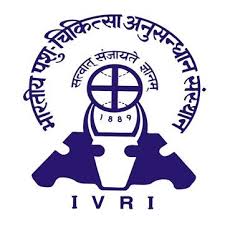The Imperial Bacteriological Laboratory (IBL) established at Pune in 1889, was first led by Dr Alfred Lingard, as In-charge of the laboratory in 1890. Two years later, it was felt that handling highly infectious micro-organisms and pathological materials in a densely populated city like Pune is hazardous. Consequently, the laboratory was shifted in 1893 to an isolated site amidst the dense conifer forest of Mukteswar in the Kumaon hills of United Province located at about 1500 m above the mean sea level. Cattle plague or rinderpest was the most devastating disease in those days and the institute gave top priority for controlling this deadly disease. In fact, the first batch of anti-rinderpest serum was produced in 1899. By 1906, the institute started production of antisera against anthrax, haemorrhagic septicaemia and tetanus, a vaccine against black quarter and a diagnostic against equine glanders. To produce more of these biological products, a sub-centre was established at Kargaina, in the outskirts of Bareilly city. But limitation of space at this site led to acquisition of 306 ha. of land in Izatnagar in 1913, where the institute stands today. The Imperial Bacteriological Laboratory was renamed several times. It was known as Imperial Institute of Veterinary Research in 1925, Imperial Veterinary Serum Institute in 1930 and Imperial Veterinary Research Institute in 1936. Finally when India gained independence it was renamed as Indian Veterinary Research Institute. It came under administrative control of Indian Council of Agricultural Research in 1966.
 Indian Veterinary Research Institute: Admission2024, Courses, Fees, Placement
Indian Veterinary Research Institute: Admission2024, Courses, Fees, Placement | Courses | Duration | Total Fees | Eligibility Criteria | Apply Now |
| PHD | 2 years | 650000 | PG |
Apply now
|
| B.V.Sc | 3 years | 450000 | 10+2 |
Apply now
|
 Indian Veterinary Research Institute: Admission2024, Courses, Fees, Placement
Indian Veterinary Research Institute: Admission2024, Courses, Fees, Placement  Indian Veterinary Research Institute: Admission2024, Courses, Fees, Placement
Indian Veterinary Research Institute: Admission2024, Courses, Fees, Placement 


